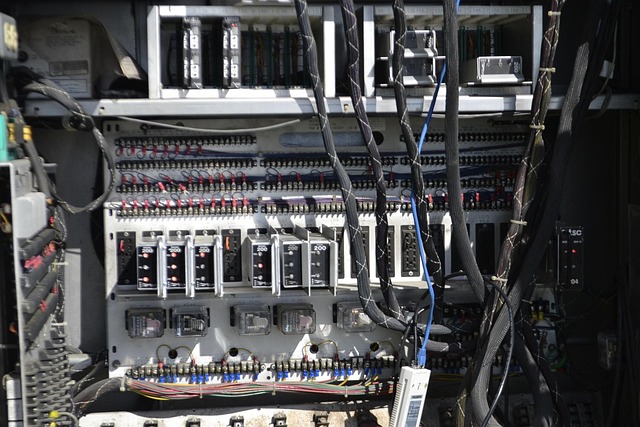Exploring the Future: How Accelerometers Transform Virtual Reality and Augmented Reality in the Metaverse
As technology continues to advance at a breathtaking pace, the realms of virtual reality (VR) and augmented reality (AR) are rapidly evolving, reshaping how we interact with digital environments. At the heart of this transformation lies a small yet powerful component: the accelerometer. This humble hardware marvel plays a crucial role in providing immersive experiences in the ever-expanding metaverse.
The Role of Accelerometers in Virtual Reality
In the world of VR, accelerometers are vital for tracking head movements and body orientation. When you don a VR headset, the accelerometer detects your every tilt, turn, and sway. This data is used to create a seamless experience that feels natural and engaging. Imagine exploring vibrant virtual landscapes, battling fierce opponents, or simply watching a captivating movie; the sensation of movement provides a more authentic experience, drawing you deeper into the narrative.
With advanced motion tracking, your body movements can be translated into the virtual realm, enhancing interaction. When you lean forward to get a closer look at a masterpiece in a virtual art gallery, or step back to take in a sprawling landscape, the responsive nature of the accelerometer ensures that your avatar mimics your actions in real-time. This immediate feedback boosts immersion, allowing users to lose themselves in captivating digital worlds unlike anything seen before.
Augmented Reality: Bridging the Real and Digital Worlds
Conversely, in the domain of augmented reality, accelerometers are essential for creating experiences that cleverly blend the real and virtual. Whether you’re utilizing AR for gaming, education, or navigation, the ability to detect motion and orientation enriches interactions with our physical environment. For instance, imagine pointing your phone at a street corner and seeing digital directions or information overlay in real-time; the accelerometer ensures these virtual elements are contextual and responsive to your movements.
Take a moment to appreciate the wonder of AR applications that rely on accelerometers. When using AR technology for educational purposes, students can visualize complex scientific concepts that float seamlessly above their desks, bridging the gap between theoretical knowledge and practical application. This compelling intersection of real life and digital information creates an undeniably engaging learning experience.
The Metaverse: A New Frontier of Interaction
As we dive into the vast expanse of the metaverse, the role of accelerometers becomes even more pronounced. This interconnected universe of virtual and augmented spaces relies on sensor technology to create fluid interactions across multiple platforms. Imagine attending a virtual concert where the sound and visuals adjust to your movements, or stepping into a virtual store where you can examine products from every angle. These experiences depend on precise data collected by accelerometers, ensuring a cohesive and interactive environment.
In the metaverse, users demand not just passive consumption but active participation. Accelerometers enable fine-tuned interactions, allowing you to navigate and engage with ease. Whether you’re collaborating with others in a virtual workspace or socializing in a digital cafe, the technology underlying your movements is essential for creating a truly immersive experience.
Embracing the potential of accelerometers in both VR and AR is about more than just hardware; it’s about recognizing the emotional and psychological dimensions of our interactions in the metaverse. The sensation of movement, connection, and engagement is a powerful catalyst for memorable experiences that can transform how we perceive reality.
In this rapidly evolving landscape, we stand at the frontier of technological innovation, fueled by the tiny accelerometer. Through its capabilities, we connect more deeply with artificial environments, bridging gaps between our physical selves and digital avatars. The future beckons with possibilities, and as we journey further into the metaverse, the blend of reality and virtuality promises to redefine our experiences in ways we can only begin to imagine.



